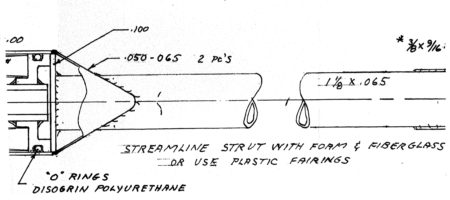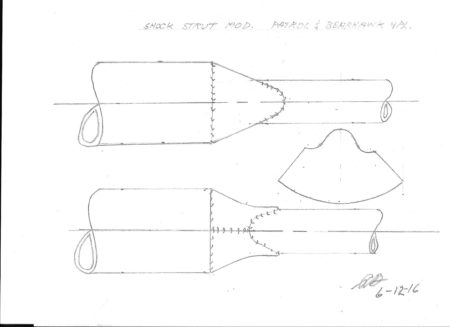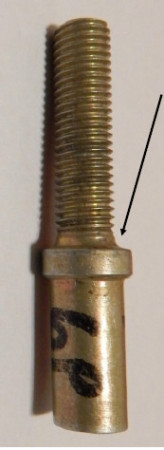The landing gear shock strut has been changed on the 4 Place Bearhawk and the Patrol. This change was done to increase gear side load capability (ground loops) and cost reduction. The streamline tubing has been replaced with round tubing (1 1/8 x .065"). The shock strut should be faired for reduced drag.

 Safety update terminology: ENGINEERING CHANGE: A change to current serial number drawings onward - non-mandatory - may or may not be published. This change is the result of a product improvement, update or modification. Or a minor change of the design to ease manufacturing, maximize utility, economize materials or ease assembly.
Safety update terminology: ENGINEERING CHANGE: A change to current serial number drawings onward - non-mandatory - may or may not be published. This change is the result of a product improvement, update or modification. Or a minor change of the design to ease manufacturing, maximize utility, economize materials or ease assembly.
This article is available for purchasers of 2016 Beartracks access. Click here to purchase access or validate your prior 2016 subscription. Multi-year bundles are available here.
